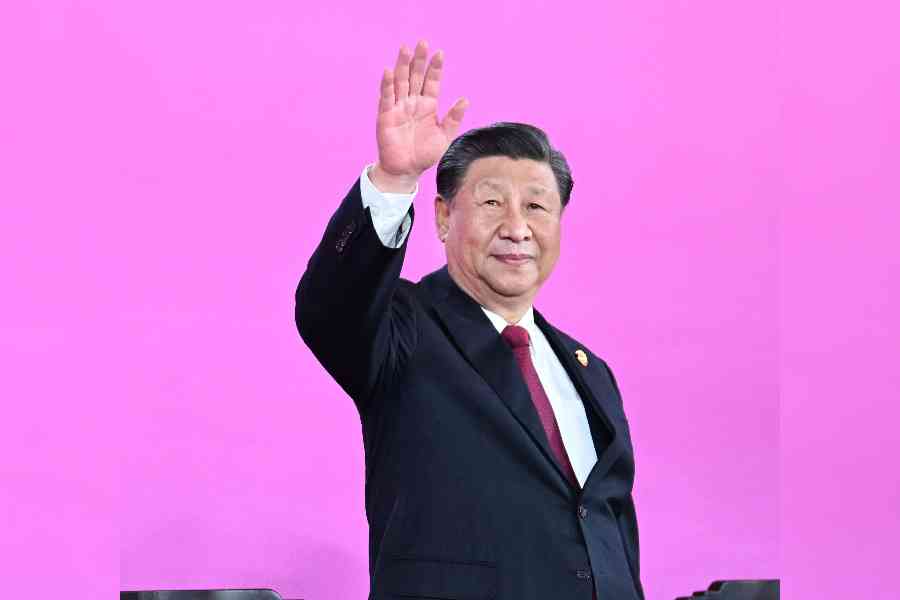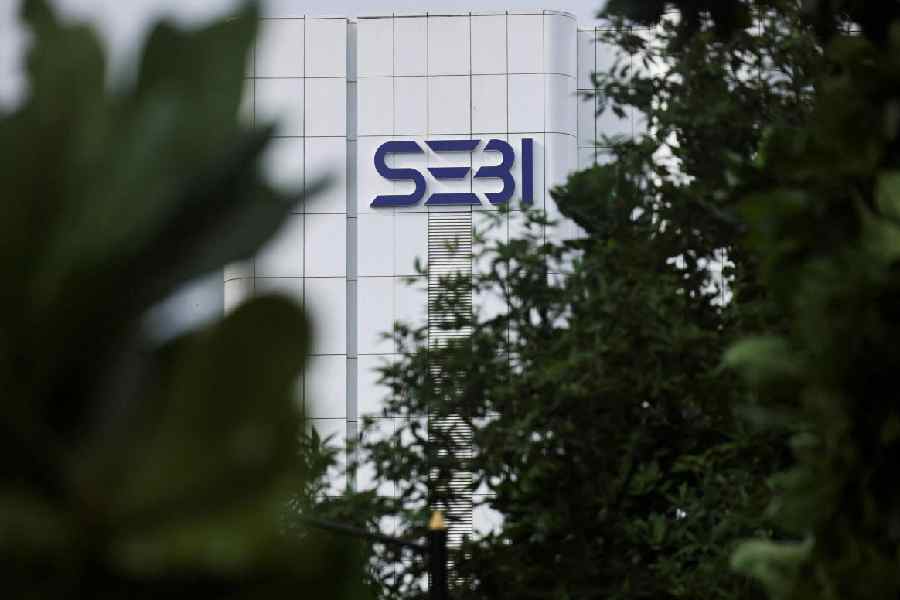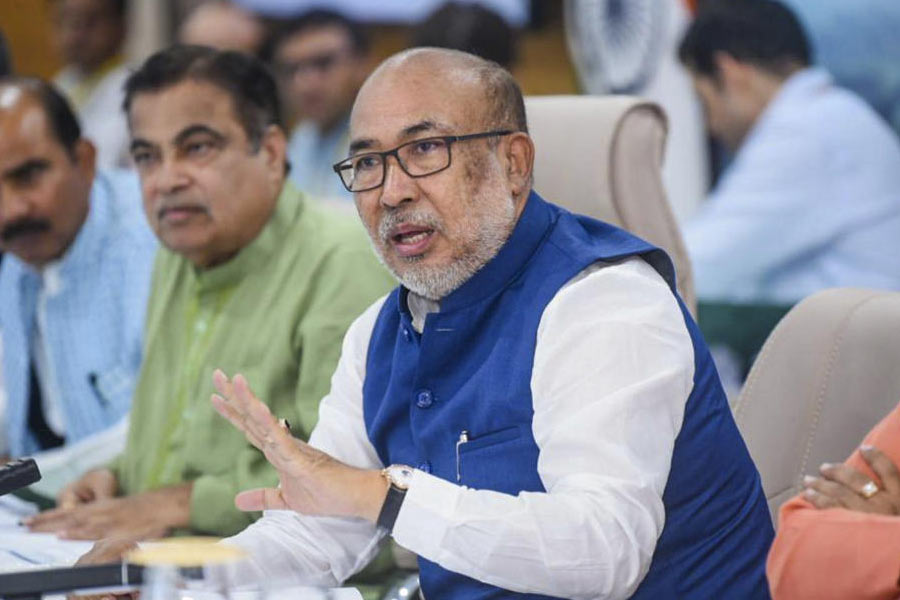More institutions for higher education and increasing enrolment are exciting facts. The All India Survey on Higher Education 2021-2022 shows that around 7,000 higher education institutions have been added since 2014-15, and student enrolment has grown from 3.42 crore to 4.33 crore in the same period, that is, by 26.5%. It is heartening that women’s enrolment in higher education has increased by 32% from 2014-15, overtaking that of men; in the PhD segment, over 98,000 researchers among 2.12 lakh students are women. While nothing can take away from this last encouraging fact, other figures in the survey point to problems underlying the increase in HEIs and enrolment. Private institutions, which were just a little below government institutions in number seven years ago, have increased by 81% against a 53% increase in Central and state government universities and colleges. These HEIs enter the academic arena for profit: their fees are high and their infrastructure and teacher strength may not always be transparent. That their numbers are flourishing suggests that the government does not mind passing on much of the responsibility of a crucial and professedly non-profit sector to private players. Yet students from less privileged households find these institutions inaccessible; for them, a corresponding increase in government colleges and universities is urgently needed.
Teacher recruitment does not match the growth in student numbers: it has increased by only 8.4%. This means two things, both disturbing. The standard of education would drop as the pupil-teacher ratio loses balance. It shows the government’s disinterest in keeping up a healthy PTR; fewer teachers mean lower spending on salaries. In spite of the noble aims of the National Education Policy, this single fact suggests that the government’s attitude to education is skewed — intentionally or ignorantly or indifferently damaging. Another problem, foretold in the Annual Status of Education Report on non-urban high school students, is that enrolment in the humanities far outstrips that in science, engineering and technology. Do students fear the long apprenticeship of science for economic and employment reasons? That should not be the case when the government boasts of a burgeoning economy. This is apart from possible inadequacies in school education that may leave scientific talents undeveloped. Is the government not interested in science? The devil, apparently, lies in the details of the exciting figures.










